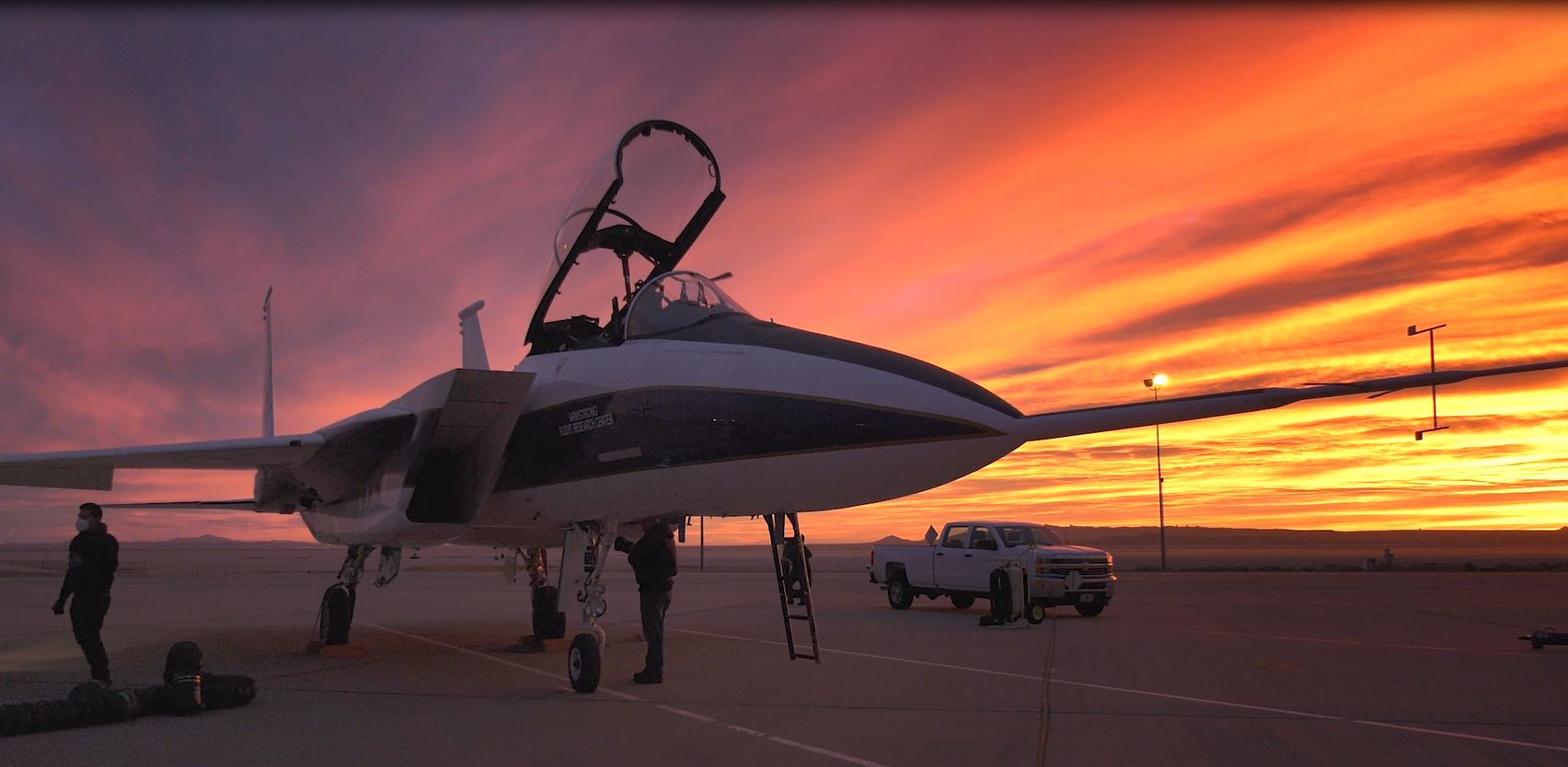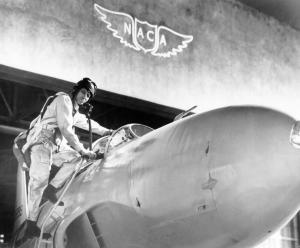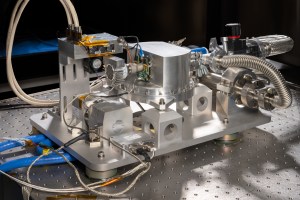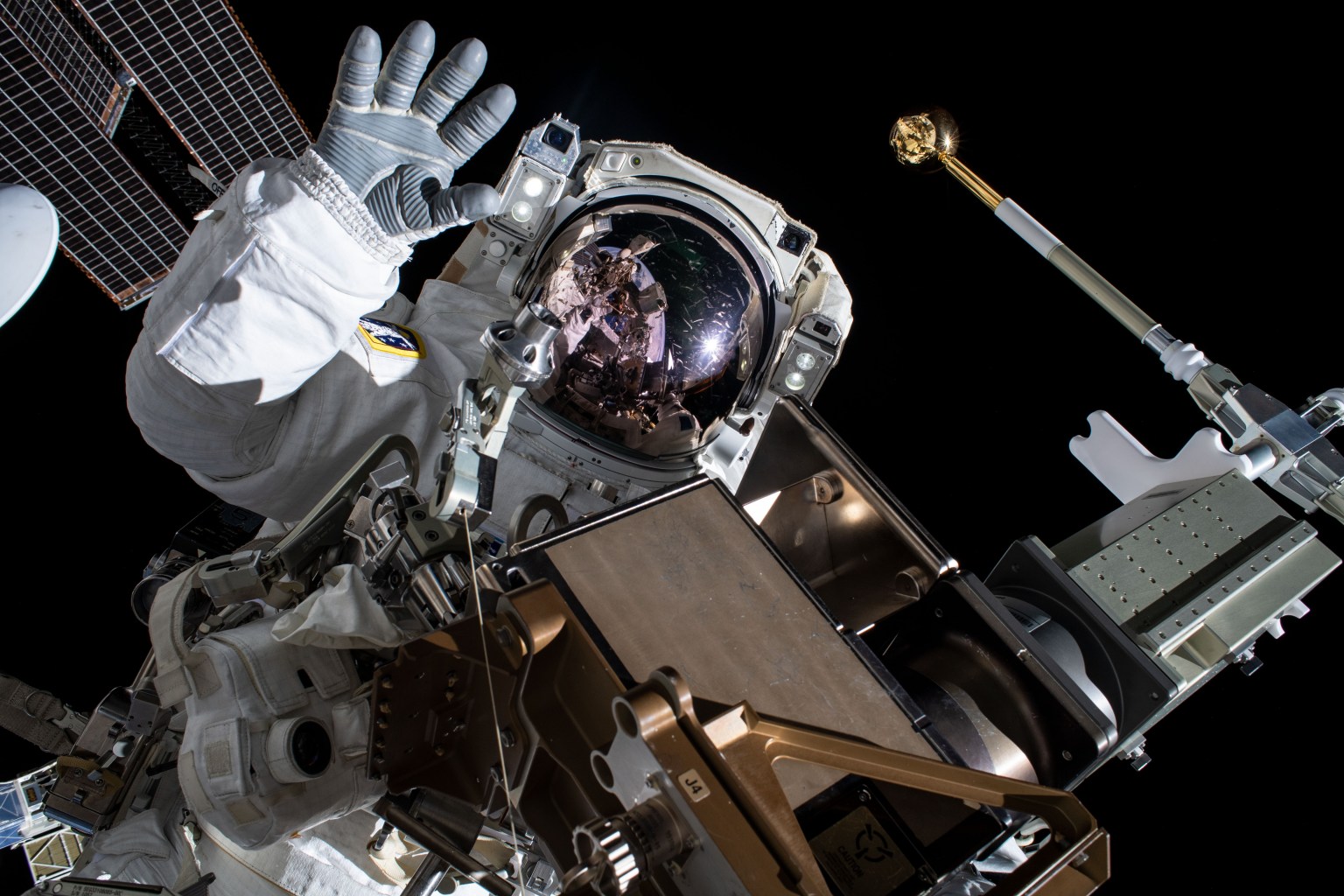NASA recently flight tested a visual navigation system designed to enhance precise aerial positioning between two aircraft in supersonic flight.
The Airborne Location Integrating Geospatial Navigation System (ALIGNS) was developed to prepare for future acoustic validation flights of the X-59 Quiet SuperSonic Technology airplane. The X-59 is designed to reduce the loud sonic boom, heard on the ground when an aircraft flies at supersonic speeds, to a quiet thump – a technology that will be demonstrated when the X-plane flies over communities starting in 2024.
First, NASA will need to fly the X-59 as part of an acoustic validation phase, to confirm that the aircraft is as quiet as it’s designed to be. This is where ALIGNS comes in.
To validate the X-59’s acoustic signature, the team at NASA’s Armstrong Flight Research Center in Edwards, California will need to both measure and visualize its shock waves, which are waves of pressure produced by aircraft as they fly faster than the speed of sound and are heard as sonic booms. Getting accurate measurements of the X-59’s unique shock waves will require a chase aircraft, flying in exact positions relative to the X-59 while both aircraft fly at supersonic speed.
A shock-sensing probe, mounted to the nose of an F-15, will be the primary tool in measuring the X-59’s shock waves. For the probe to take accurate measurements, the F-15 will need to fly in and out of the X-59’s shock waves at precise distances.
“ALIGNS is software that is designed to create a virtual point on the shock wave that is produced from the target aircraft. The pilots will get directional cues on the ALIGNS display to help them steer the F-15 to that specific point in space,” said ALIGNS Principal Investigator Troy Robillos.
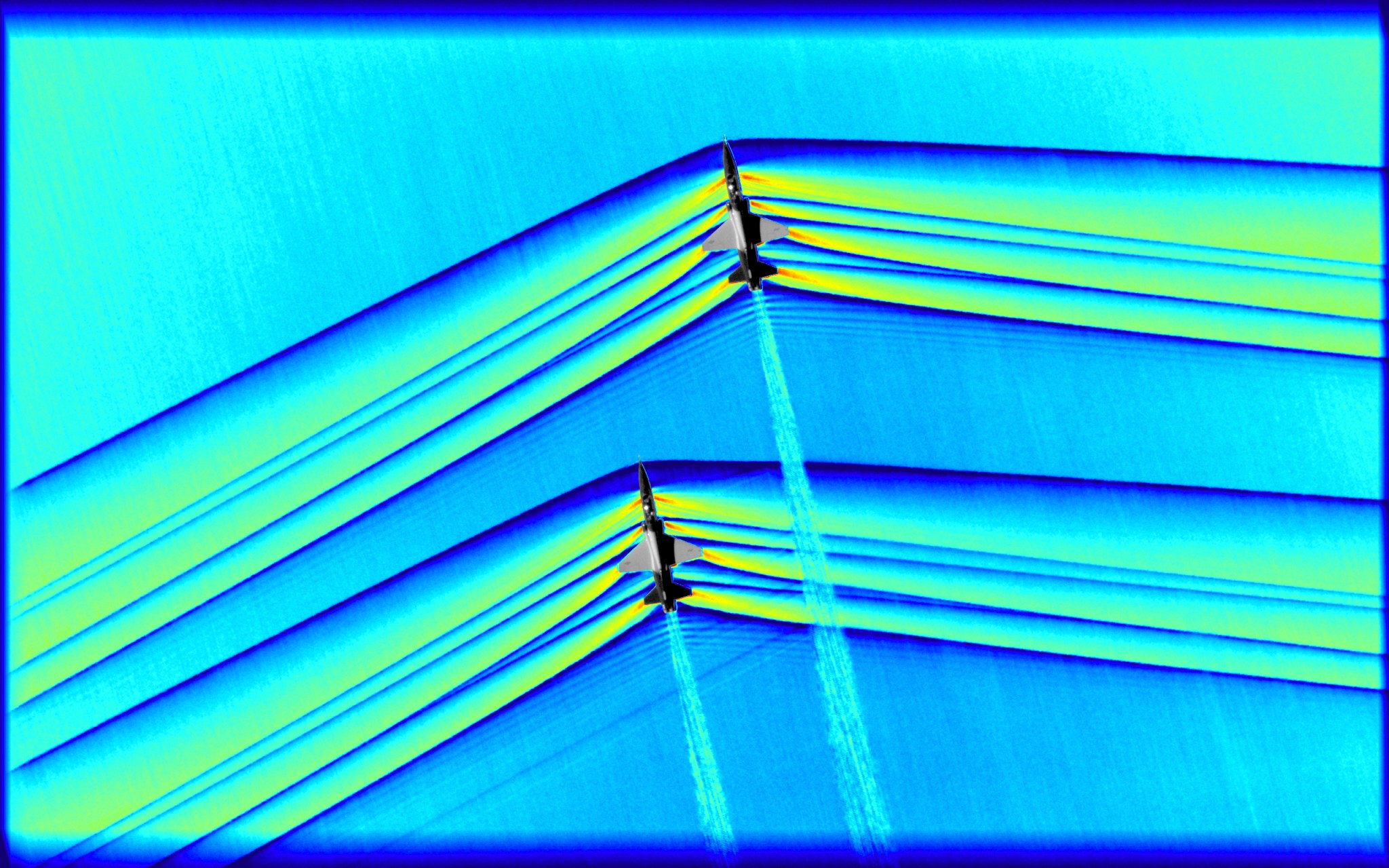
“For our initial flights, we used the ALIGNS tablet to show our pilots where to steer the F-15. ALIGNS shows the horizontal, vertical, fore, and aft offsets in relation to a point on the F-18 shockwave.”
The acoustic validation phase will also include shock wave visualization. Using a technique called schlieren photography, NASA is able to capture imagery of the shock waves from supersonic aircraft – a critical requirement to confirm that the X-59’s shock waves travel through the air as predicted.
The maneuver to capture these images will be challenging. The F-15 chase aircraft, with a special camera system, will need to position itself in a precise location that places the X-59 in frame from a moderate distance, directly in front of the sun, as both aircraft are flying at supersonic speeds.
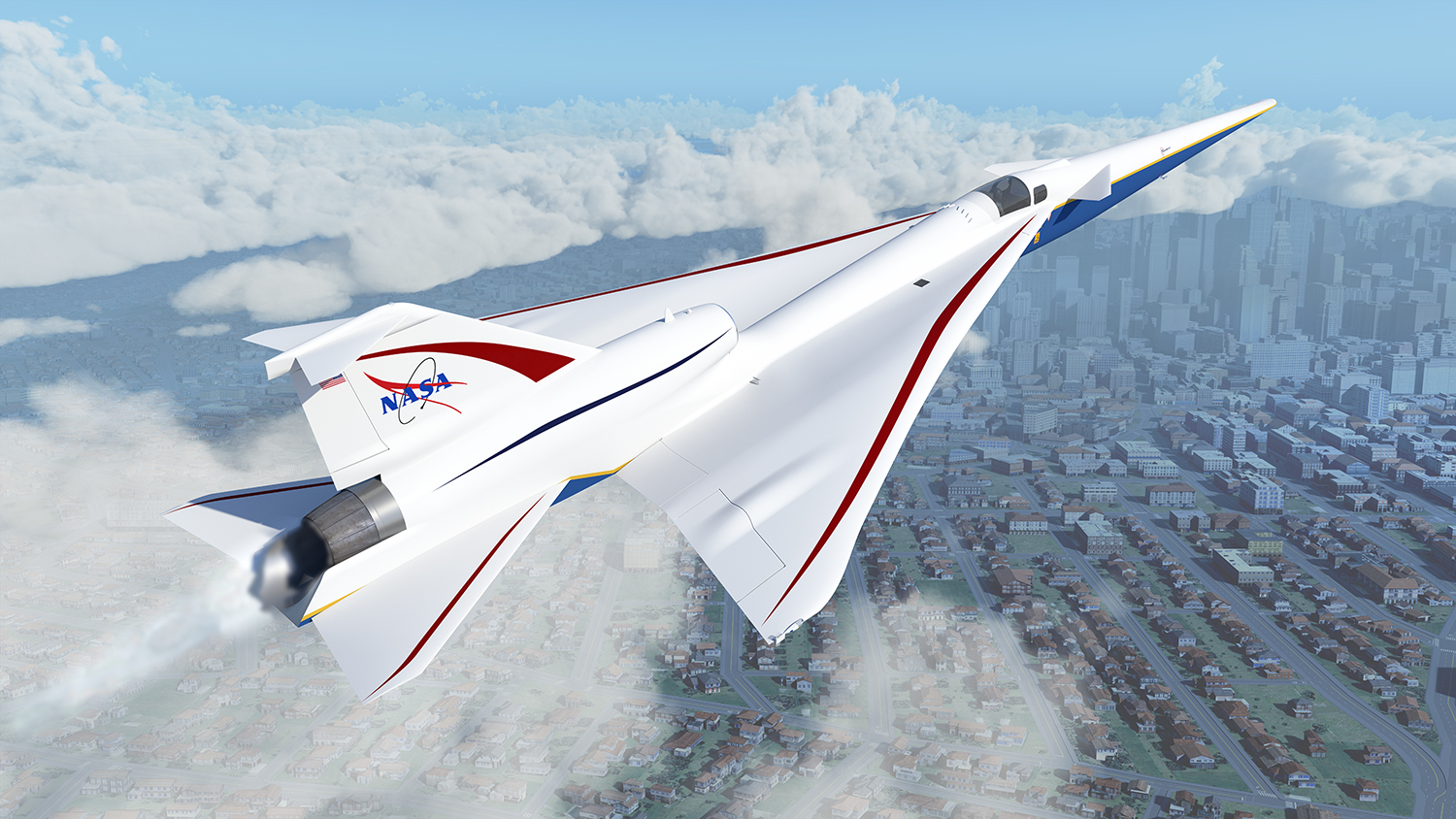
“ALIGNS is absolutely going to help us get this done,” says NASA test pilot Jim ‘Clue’ Less. “We’ve flight tested it, we’re going to continue to make it better, and we’ll be ready.”
























